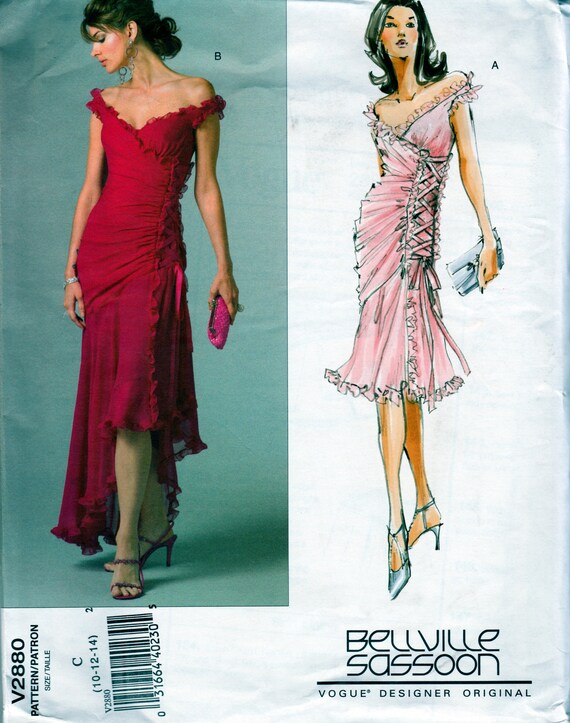Helloooo beautiful people :) Welcome back to yet another tasting adventure. Today we have a saucy topic cooking in the pan. Drumroll, please.
*imaginary drumroll*
Its Music and Gender. Yayyyy. Let's dig in.
So, I use to attend an art school called Charleston County School of the Arts (shoutout to my former classmate Emorie). In this school, there are 7 majors: Creative writing, Strings, Fashion, Band, Theater, Vocal, and Piano. I was in the orchestra and I notice that many fellow music mates were female and most of those females played the Violin and the males gravitated more to the bass or the cello. And if you look at the music majors as a whole, I would definitely say there were way more guys in band and piano.
So why is that?
Honestly, I feel like instrument choice among the male population has to do with size and whether or not that particular art form is "Feminine". For a dude have a big instrument like a bass or a cello is big and "masculine" it's like a car for them you know? A stereotypical guy likes a big truck that can make loud sounds and show off that they are hot stuff, its the same for big instruments, Cellos, drums, basses, etc.
Now we're going to move on to band and piano. In-band, I've never seen a girl play the saxophone, ever. My theory with that is the saxophone gives guys "the sex appeal". Come on, you know I'm a little bit right. Ever heard of careless whispers? A handsome man, with shades, no shirt, and playing that saxophone so right, you're ears be like "ohhhh yeahhhh".

So for guys and instrument picking, it's based on if it makes them feel masculine and if it helps them snag the ladies. But what about us girls? The stereotype for us is that we like small, danity things that make pretty sounds. So our go-to instruments would be like flutes, violins, ukuleles, etc. But for the most part, girls do follow that stereotype when it comes to music, we're too awesome for that. Though, I can recall a time when a was afraid to try an instrument because of my gender.
I can remember it like it was yesterday. I was a little pre-teen, 11 or so and I had my heart set on playing the drums. But I had all these doubts.
"Only boys can handle such an instrument"
"I'll be made fun of"
"I won't be any good compared to dudes"
But in all honestly, gender stereotypes in music shouldn't be a thing and there certainly shouldn't be any prejudice against girls who want to play the drums or guys who want to play the flute. And I believe and the year 2020 we're at the point, where music is music, but there are always people out there with irrelevant opinions.
That's all for now.
Stay frosty



